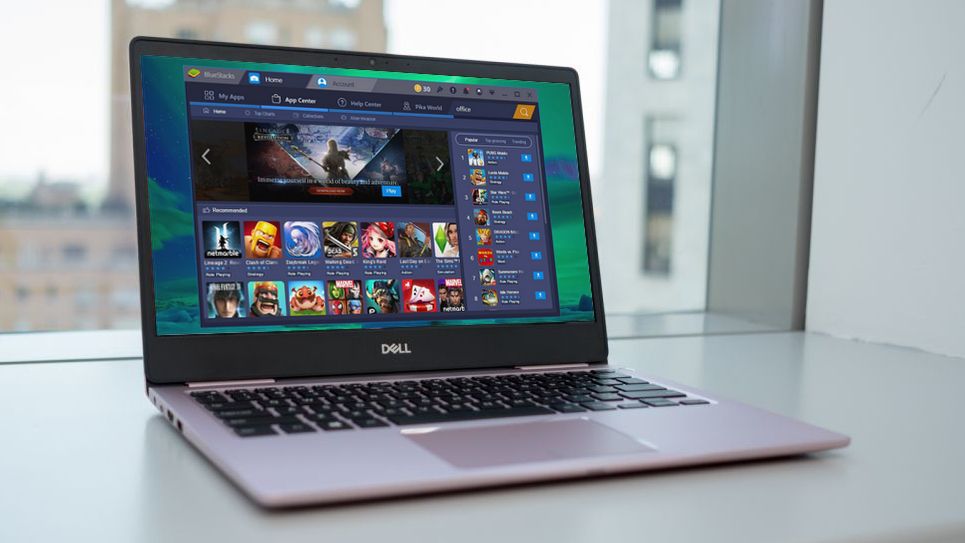

- Run android emulator mac os x how to#
- Run android emulator mac os x install#
- Run android emulator mac os x software#
- Run android emulator mac os x code#
- Run android emulator mac os x download#
Run android emulator mac os x download#
The only thing that you have to do is to download the last available emulator for Apple silicon processors from Github The easiest way to proceed is to use a physical device, but what if you haven’t one available at the moment you are developing?įrom now on, we will go with the option of using an Android virtual device based on an ARM system image as options 2 and 3 are not possible to execute.

If you want to learn more regarding virtualization in processors you can read the following Wikipedia article, the thing is that our M1 processor doesn’t support VT-x, however, we have options to run an Android Virtual Device.Īs the previous message was telling us, we have 4 options. (This is 10x slower than hardware-accelerated virtualization)Īndroid virtual device Pixel_3a_API_30_x86 was successfully createdĪnd also in the Android virtual device (AVD) screen you will read the following warning: Unfortunately, your computer does not support hardware-accelerated virtualization.Ģ - Develop on a Windows/OSX computer with an Intel processor that supports VT-x and NXģ - Develop on a Linux computer that supports VT-x or SVMĤ - Use an Android Virtual Device based on an ARM system image
Run android emulator mac os x install#
When you install Android Studio you will get the following warning: Using Android studio in the new Macbook Air As I said in the previous post, these configurations are workarounds until stable versions are released, however, for me, they have been useful and I guess that someone in the same situation as me can benefit from that. This command will start building your app using the installed Gradle compiler shipped with the Android Studio then run the Metro bundler to bundle your app and execute the app on the emulator as shown in the following screenshots.This is the second post that I dedicate to talk about configurations using the new M1 Apple processor. Once the integrated terminal is opened, you can start writing the "react-native run-android" command. You can run commands in any external terminal but for the purpose of this post, we are going to use the integrated terminal. Then, click View > Integrated Terminal to be able to run commands in the integrated terminal inside Visual Studio Code.
Run android emulator mac os x code#
To do so, open Visual Studio Code (or your preferred code editor) then click "Open Folder" and open the root directory of your React Native app (not the Android directory).

The last and final step is to run your React Native app in the opened Android emulator. Step 3: Run your React Native app with "react-native run-android" command If you have successfully opened your Android device emulator as shown in the screenshot above then it's time to move to the next step. To do so, open Android Studio, then click "Open an existing Android Studio Project" as shown in the screenshot below: The first step is building the app on Android Studio. Step 1: Build the react native app on Android Studio
Run android emulator mac os x software#
Once you have all the above software and tools installed and ready, please follow the following steps in the same order.

Run android emulator mac os x how to#
This post will explain how to run the "react-native run-android" command on mac in a very few easy steps.


 0 kommentar(er)
0 kommentar(er)
